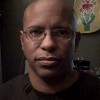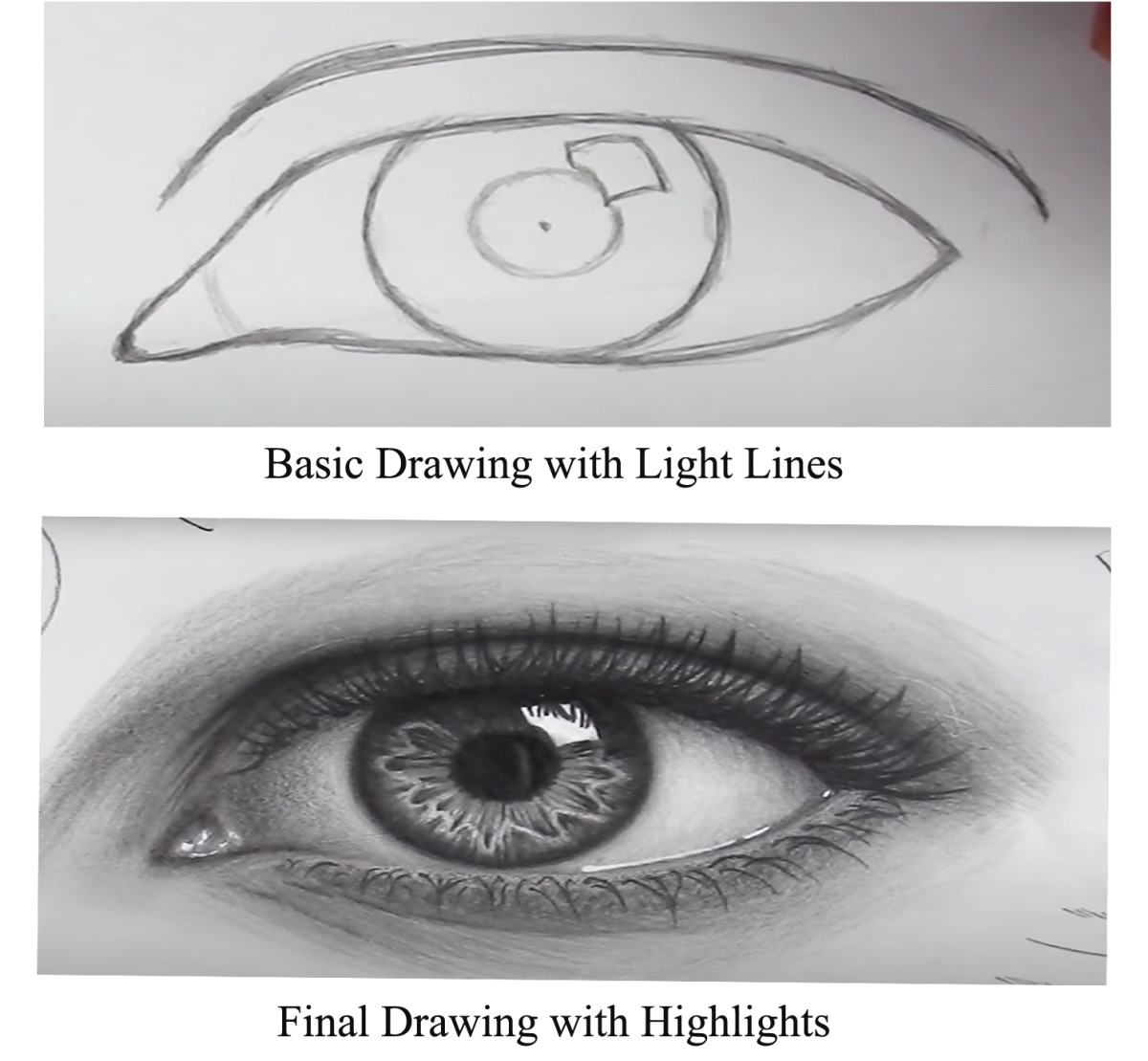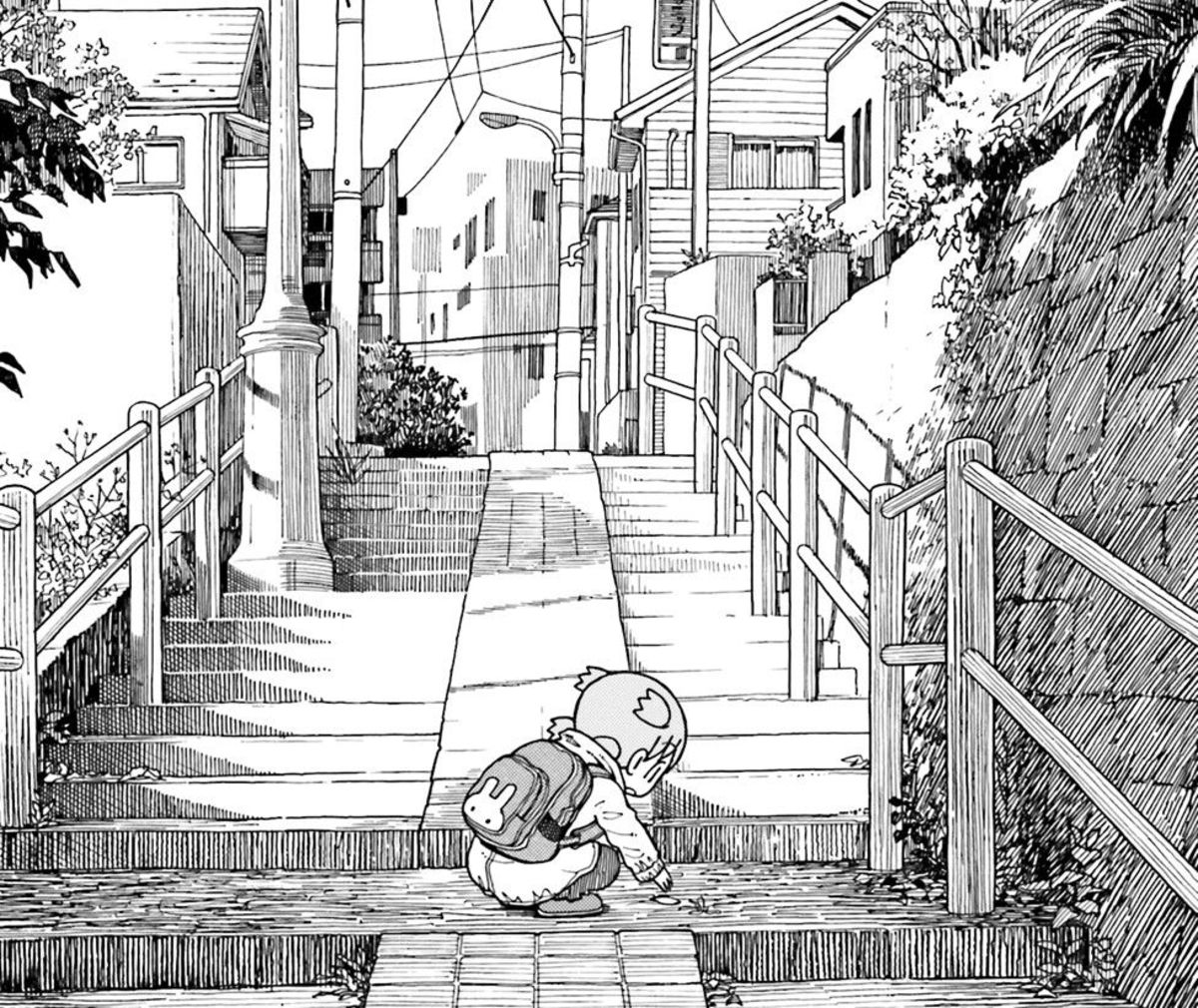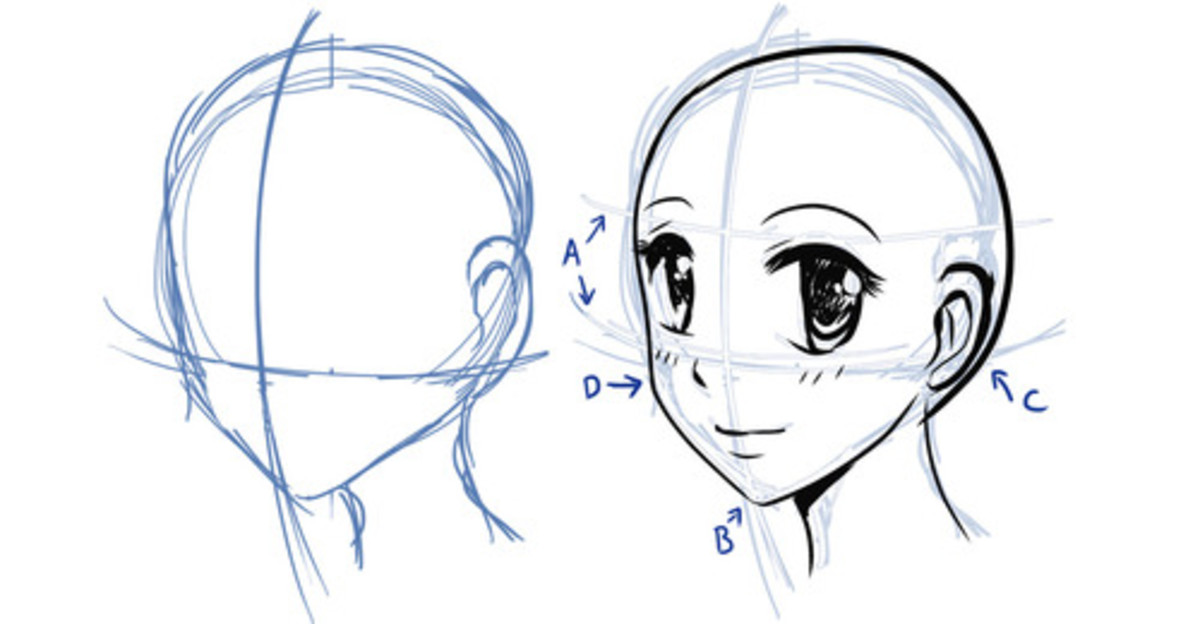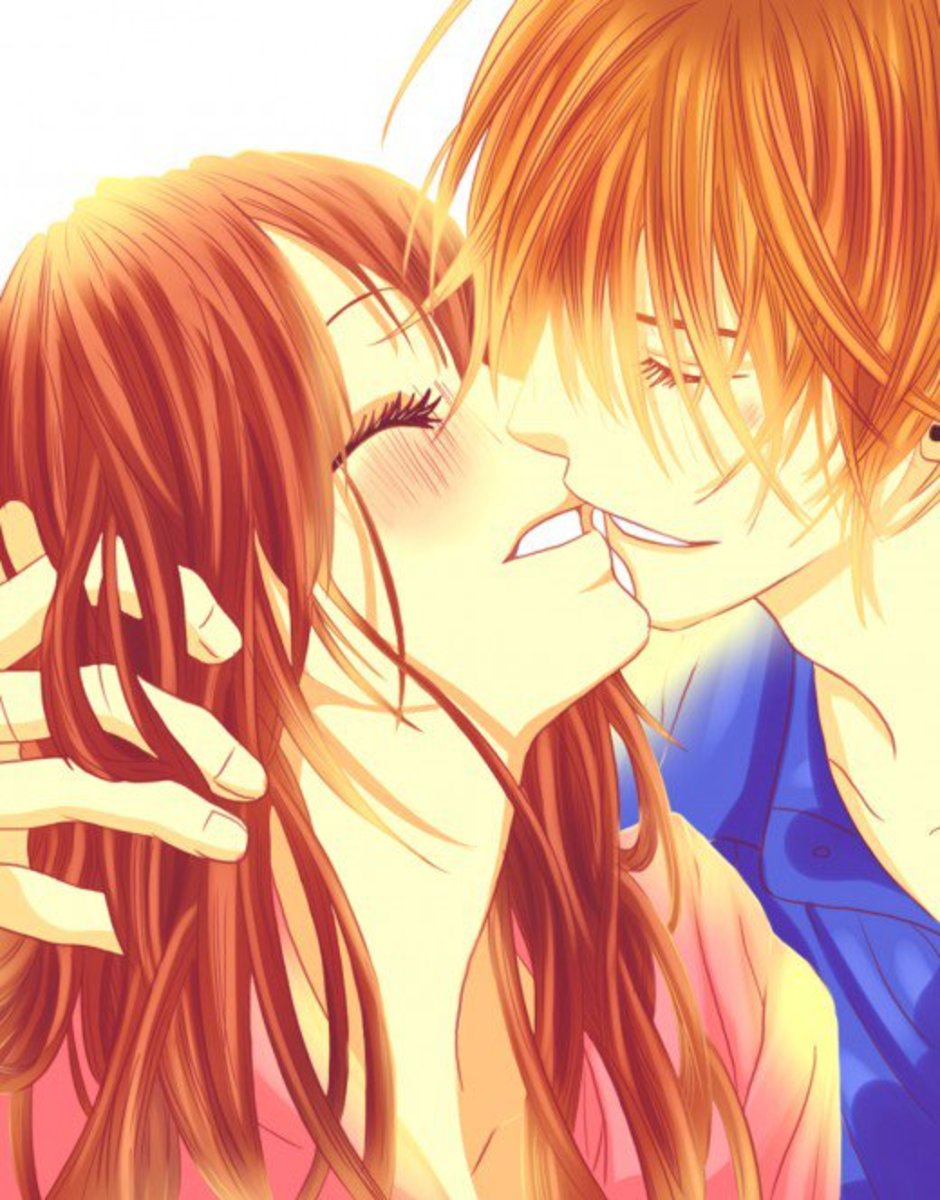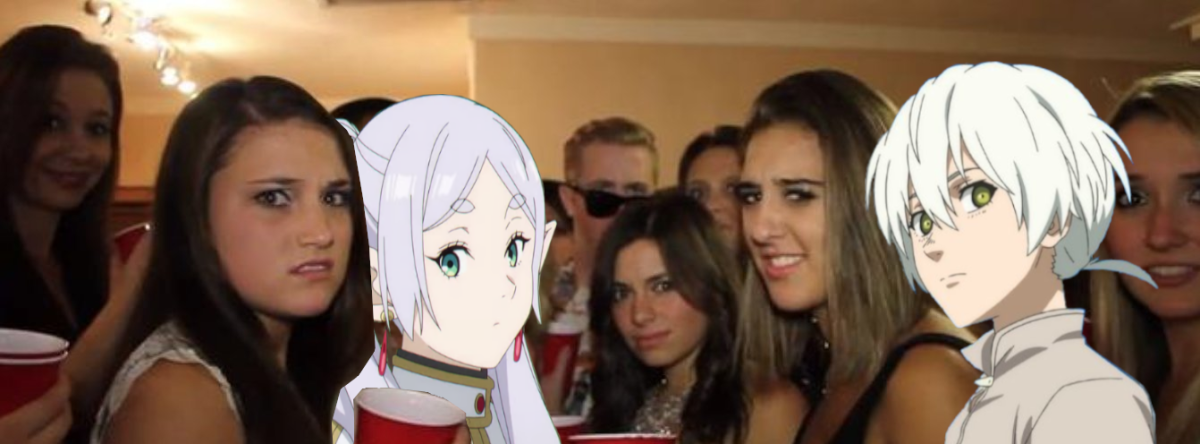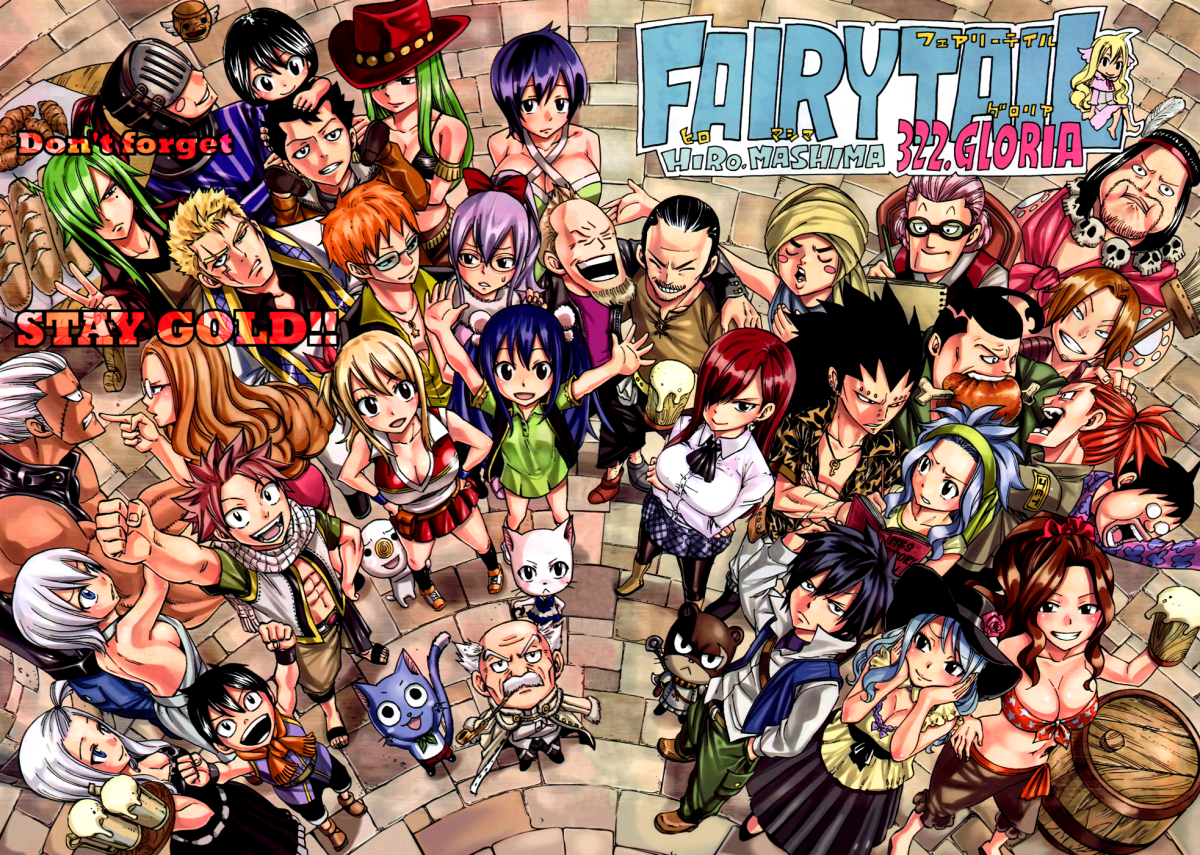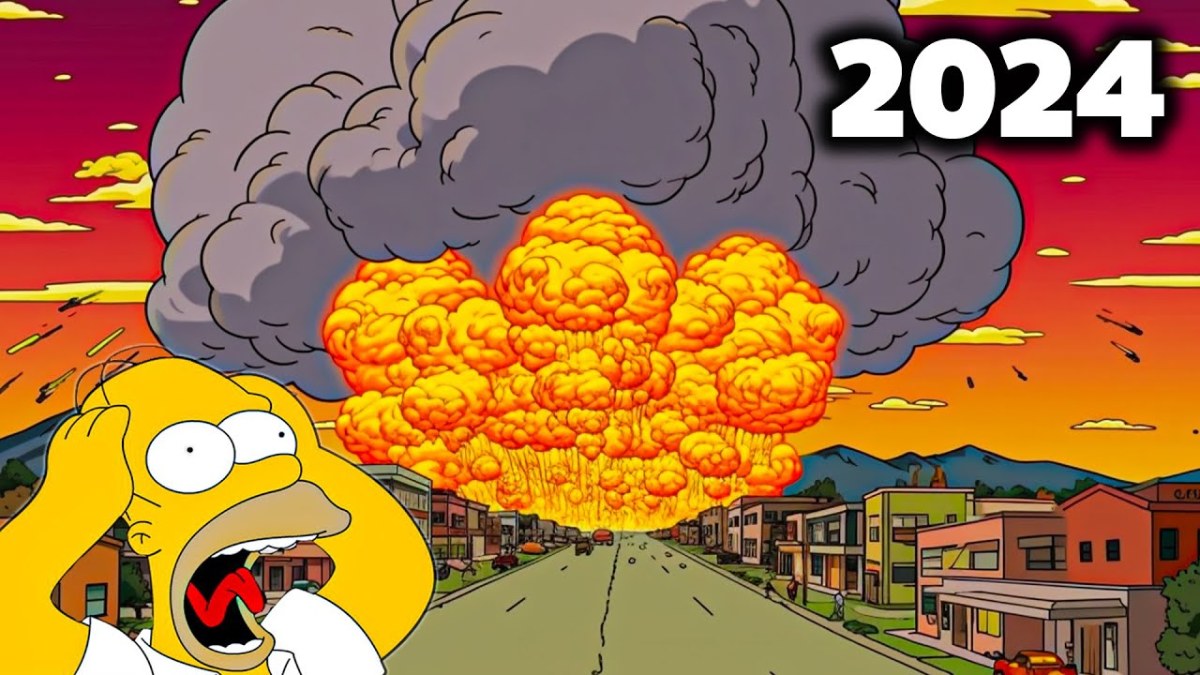My Discovery Of Manga And Anime
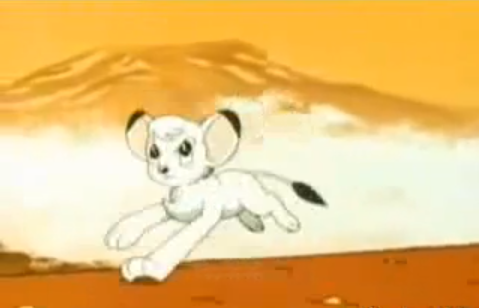
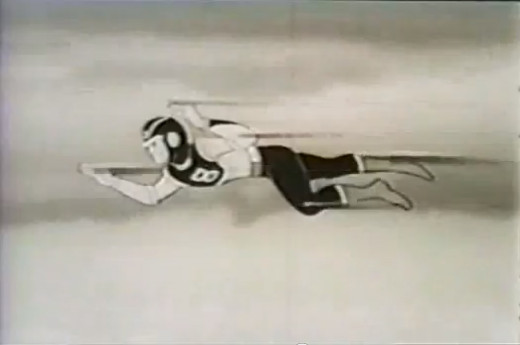
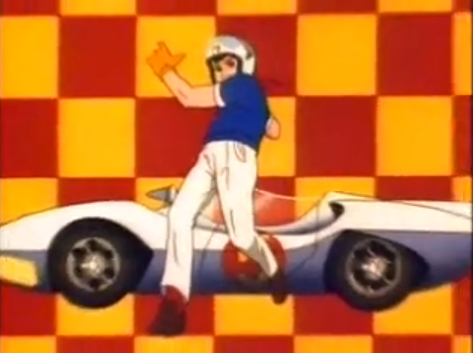
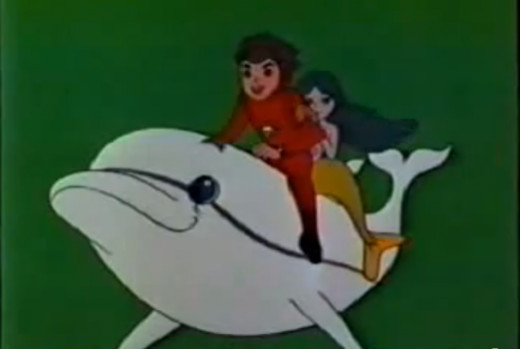
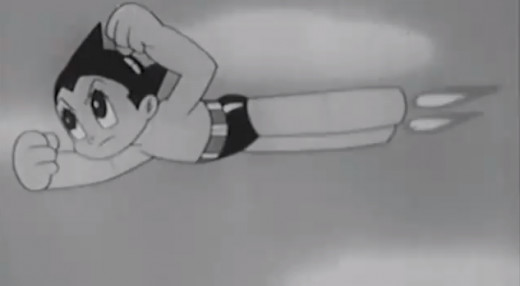
My First Encounter With Anime
When I was very young (younger than 10), there were five cartoons that were my absolute favorites. They were “Kimba”, “Tobor the Eighth Man”, “Speed Racer”, “Marine Boy” and “Astroboy”. All five of them were Japanese anime. I didn’t know that at the time, but I did see them as different from the other cartoons I watched. The stories were more mature and involved and the action was visually different. I enjoyed them more than any of the other cartoons I watched, even as I got older. So much so, in fact, that I lost interest in most of the other cartoons. I watched the five favorites until they stopped running on the TV channels available to me at the time. In my teenage and early adult years, there were other cartoons that I enjoyed watching about as much as I did my first favorite five. I would later find out that pretty much all of the cartoons that I came to enjoy during my high school and college years were also Japanese. At those points in my life, however, I was quite ignorant of anime as a genre, and more than completely ignorant of manga from which anime was born.
I never consciously tried to emulate any of the styles of drawing seen in anime when I was younger. It never really occurred to me to try. During my grade school years my drawing was pretty much the same as any seen from children within that age range. Add to that the fact that, in my earlier grade school years, I didn’t do anything in the direction of drawing human figures. Of any kind. By virtue of my interests (as juvenile as they were), I spent more time drawing buildings, airplanes and space ships. Looking back on the kind of drawing that I did, I can say that there was some influence from anime on my artwork. But, the styles of art represented in anime would not have what one might call a significant impact on me until much later in life.
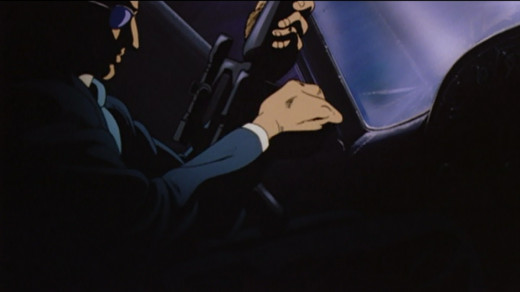
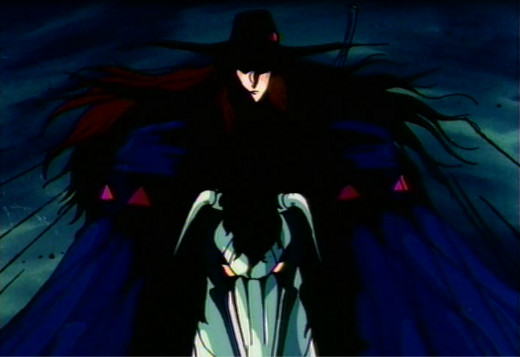
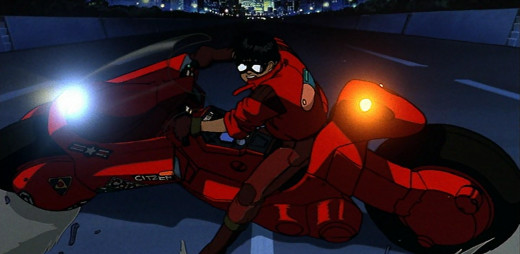
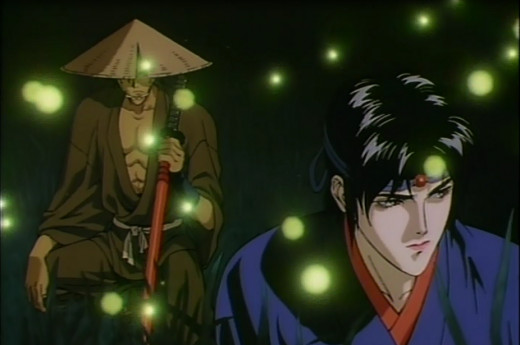
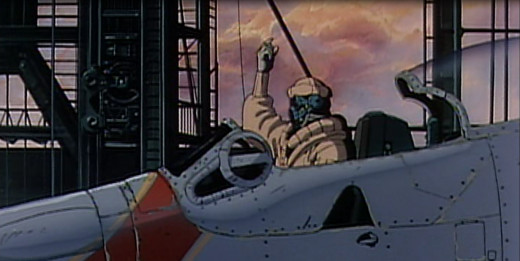
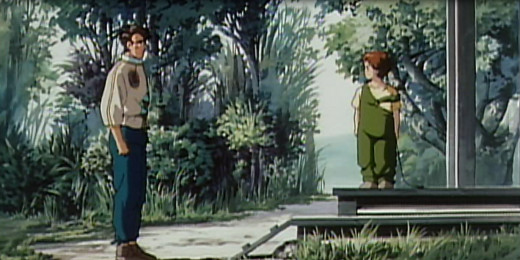
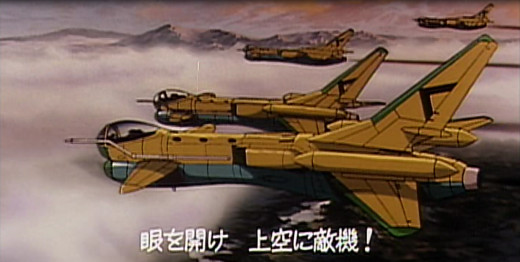
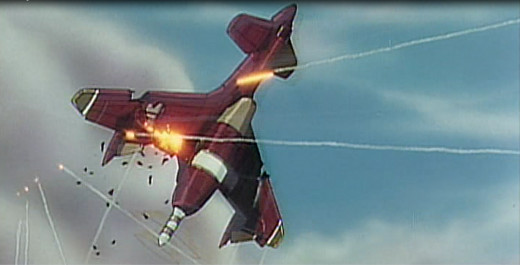
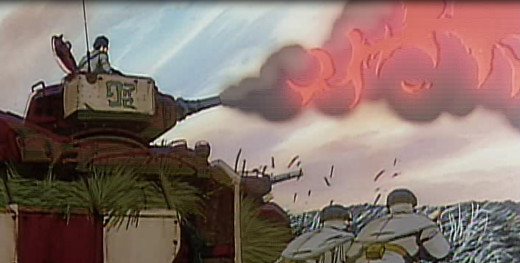
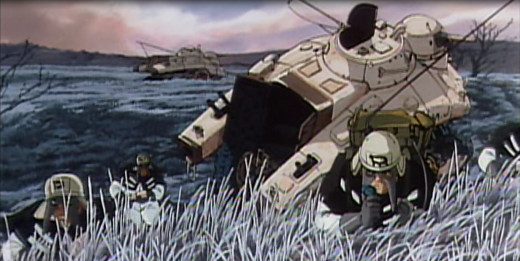
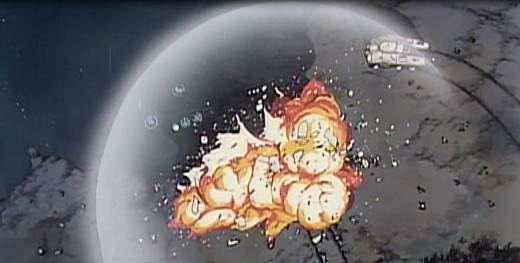
My First Interest In Anime As An Art Form
It wasn’t until my late thirties that western comic-style artwork was brought to my attention. I found myself quite intrigued by the specimens I was shown. I tried my hand at feeling these styles out and found it rather enjoyable. It was at this point that I began to notice anime as an art form. Even at this stage in my life, I was still very ignorant about anime as a genre. And, I had yet to even see my first sample of manga. Even after trying my hand at western comic-style art, it still hadn’t occurred to me to try anime-style art.
But, I found myself more and more intrigued by anime. Then I discovered anime features like “Golgo 13”,”Vampire Hunter D”, “Akira”, and “Ninja Scroll”. After I got over the shock of seeing the kind of storyline present in these features and features like them, I found myself taken aback by the artwork. Even though I still had a lot to learn about it, I noticed that, despite the kind of story played out in these features, the artwork still retained that stylized look. And, what’s more, I was beginning to notice both a standard form of stylization and variations on that standard form. In the beginning of my growing consciousness of anime-style artwork, I was still a bit too distracted by the actual animation itself. The way the action sequences were depicted was, in many cases, simply too breathtaking to ignore. Anime features like “Akira” were particularly arresting when it came to the level of detail seen in the art work. But, the thing about it was, it wasn’t so much the detail in the individual subjects like the people or the elements of the environment. It was the detail in the motion of the elements of the environment. The motion of the characters themselves and the objects in the environment was all in accordance with the physics that applied to them and the surrounding environment. And then I saw “The Wings Of Honneamise”. I still get a chill down my back when I think about it.
“The Wings Of Honneamise” was the greatest exhibition of detailed animation I had ever seen. But, as I mentioned before, the detail was not to be found so much in the character images or the elements of the environment. The character figures were every bit as stylized as the characters in any other anime feature. But the overall scenes were heavily populated with environmental elements. In any animated feature it’s not surprising to find that, in any given depiction, there are things missing that would ordinarily appear in reality. Not so with “The Wings Of Honneamise”. Toward the end of the film, there is a sequence containing a simultaneously occurring rocket launch, ground assault and aerial dog fight. Though the design of the rocket is recognizable to those who’ve done any relevant research or are old enough to remember the space race, the aircraft depicted are of relatively unique design (not too unique though. I had seen similar prototype designs for small aircraft built by independent designers a little before the year of the film’s release). The soldiers involved in the ground assault are depicted in the stylized fashion typical to the film. I personally didn’t recognize the design of the tanks so I can only assume that their design was also relatively unique. The aerial dog fight was depicted in a fashion that mimicked World War 2 aerial combat footage with an amazing level of realism. The ground assault was depicted with as much of the same realism as the stylization would allow. And, as for the rocket launch, all I can say is that I sat watching with dropped jaw. It was like watching a painting come to life. Everything seemed to be there. I mean everything. Right down to the ice from the liquid oxygen breaking off and falling from the hose ports. It . . . was . . . captivating. All of this served to increase my interest in anime as an art form.
Having my attention so well focused by the experience of “The Wings Of Honneamise” led me to notice something else that served to still further increase my interest in anime as an art form. This style of art had the quality that I refer to as “suggested detail”. If you just look at it, it’s clear to see that all of the potential detail in a depicted character is not really included in the artwork. But, through the use of highlight and shade much of the detail is “suggested”. With respect to animation, the detail not actually present is “suggested” by motion, light and shadow. Needless to say, I was deeply impressed.
The Wings Of Honneamise
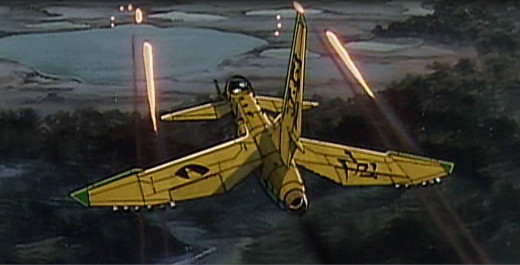
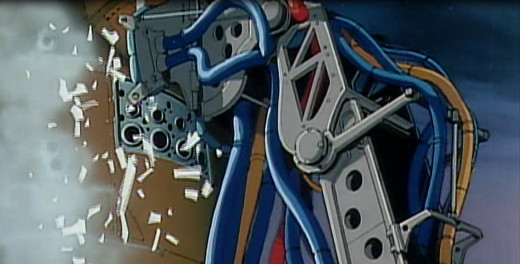
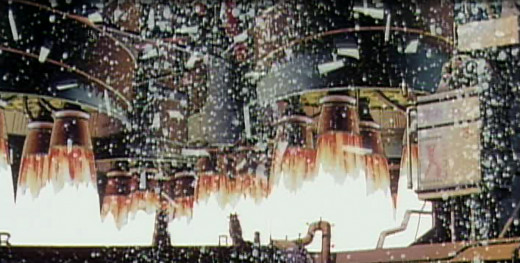
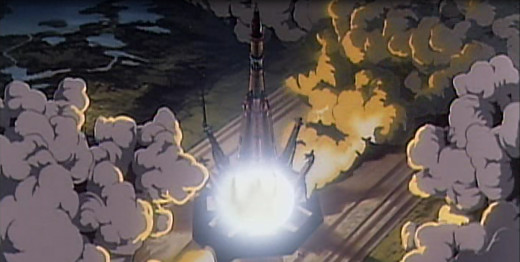
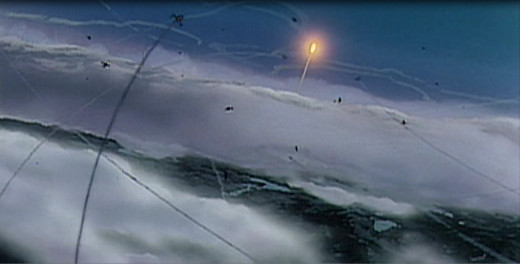
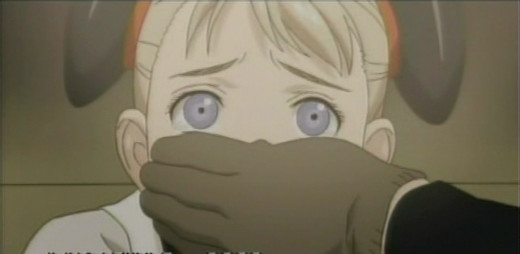
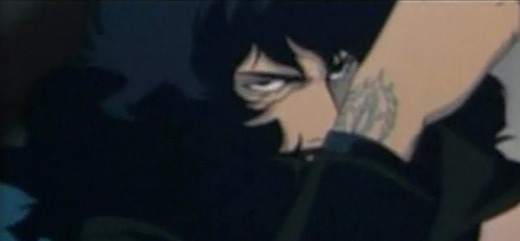
What I Learned About Anime
Before I was drawn into enjoying anime as much as I do now, I remember, on occasion, joking about how anime characters looked, particularly when it came to the eyes. When I came to the realization that anime is so much more of a serious genre, I speculated that there must be a reason the eyes of anime characters are drawn the way they are. Not that long ago, I found out that there is just such a reason.
Modern anime finds its roots in manga. Manga found its beginning in Japan just after the second World War as the country was being rebuilt. From its earliest forms manga has been used to tell stories ranging in type from science fiction to fantasy to action and adventure to romance to well-known classical literature. Even pornography found (and still does find) regular representation in manga. Manga storytelling from its beginning had, and still has, a wide range and reaches audiences of children, adults and everybody in between.
The artwork in manga is done in the form that it is partly because of the blending of American artistic styles with traditional Japanese styles. As a part of the traditional Japanese style of illustration, the line of the drawing is rendered first, followed by shading and highlights. Traditional manga illustration uses the eyes as an indication of the personality of the character. Large round eyes are indicative of sensitivity, kindness, good-heartedness, etc. Small, slanted eyes indicate a character that cannot be trusted, typically a villain. For me, this is something that sets anime and manga apart as far as storytelling and characters is concerned. Basic elements of personality can actually be picked up on by just looking at the character’s face. In traditional manga illustration, the bodily proportions are different from that of its American counterpart.
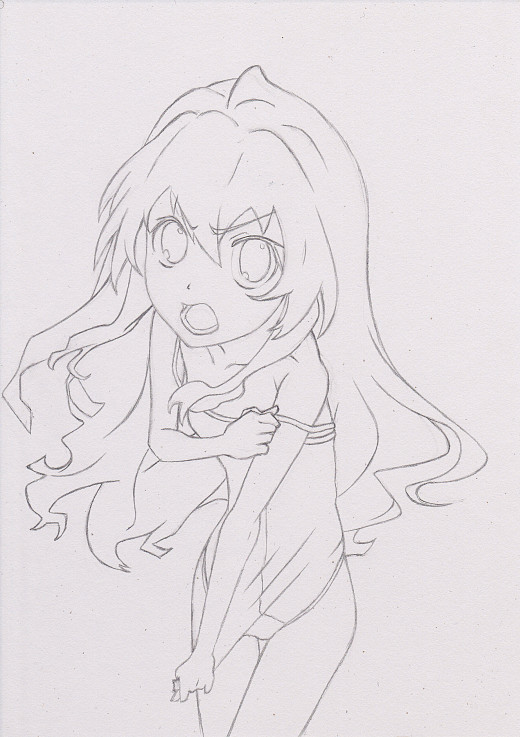
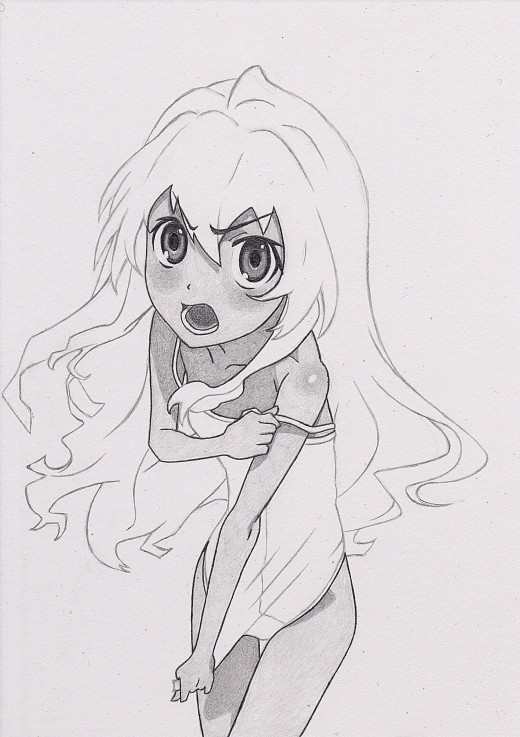
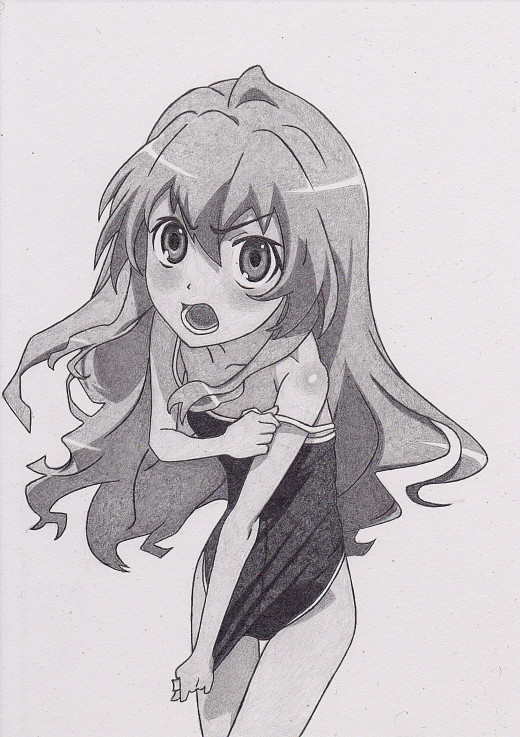
My Decision To Study The Manga Style
Over the years since my discovery of anime and manga illustration as an art form, I’ve seen a number of other anime features that exhibit a variety of styles that, while remaining true to the traditional forms, display an individual style of their own. Having seen the kinds of stories that have been featured in anime, and the different ways that they’ve been told, got me to thinking about experimenting with this method of storytelling. The possibility of developing my own personal style within the standard form was rather appealing as well. Considering my own limitations and the fact that I was only accustomed portrait art, I knew that there was a lot I was going to have to learn. And, I knew it was going to take a long time and a lot of effort. But, as soon as I took a shot, and felt out a little of the manga style, I was hooked.
As I’ve only been able to do it pretty much on the side, my progress has been monumentally slow. But, I persist just the same. If I didn’t enjoy it so much, I’m more than certain I would have given it up by now. Though I’ve been at it for a couple of years now, I’m still in what I would consider the beginning stages of learning. (It seems the more I delve into it, the more I need to learn.) I’ve been drawing copies of established anime and manga characters and consulting literature on manga illustration techniques to try and get a feel for it and develop some level of comfort and confidence. While I have managed to develop some measure of comfort with this style, I’ve yet to develop the confidence I’d like. Also, since I’ve started on this little adventure, I’ve found that there are some basic things that I need to revisit like human figure drawing and proper depiction of depth of field. As much fun as it is, the struggle continues. Another motivating factor is the level of possibility that I’ve seen demonstrated by manga-style illustration. There is a level of simplicity that exists in manga-style illustration that, once the style is mastered, provides an economy of time and effort that is most appealing. Once I’ve developed a level of versatility in the basics of manga illustration, I’ll be able to explore the possibilities it presents in art and storytelling. It will provide another dimension for new ideas.
